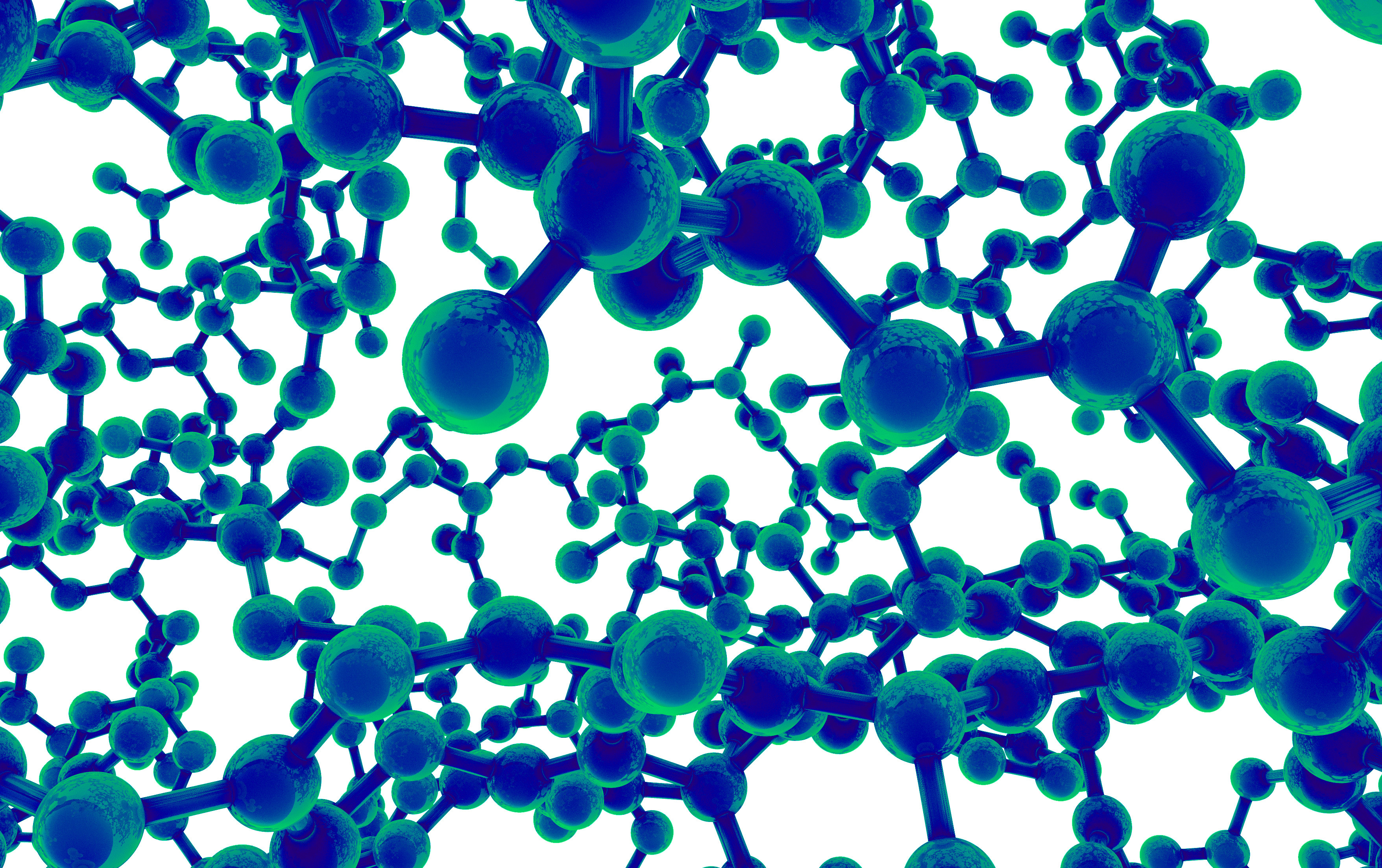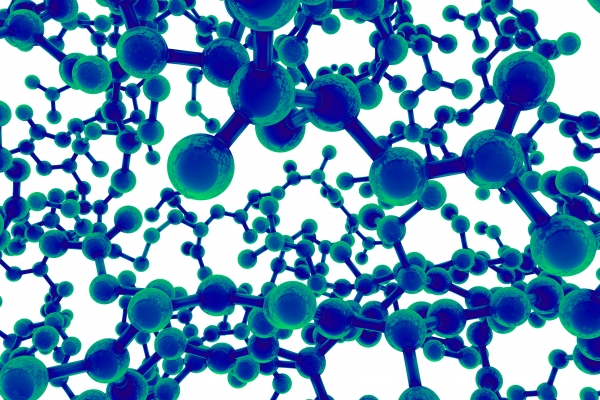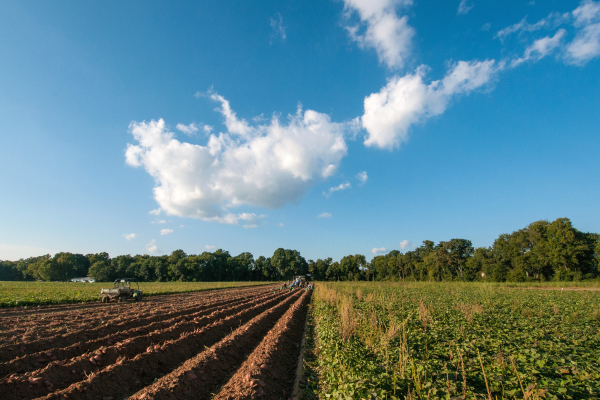Supercharging Protein Production

Scientists at Washington University in St. Louis have discovered a way to supercharge protein production up to a thousandfold. The researchers employed a tool used in biomedical research that estimates the amount of protein in a sample by measuring the amount of fluorescent light produced. Tubes of green fluorescent protein glow more brightly when they contain more of the protein.
Project collaborators randomly changed the sequence of the first few amino acids in green fluorescent protein, generating over 9,000 distinct versions. The researchers discovered that the brilliance of the different versions of green fluorescent protein varied a thousandfold from the dimmest to the brightest. This indicates a thousandfold difference in the amount of protein produced. With careful analysis and further experiments, collaborators from Washington University School of Medicine and Stanford University identified combinations of amino acids at the third, fourth, and fifth positions in the protein chain that gave rise to sky-high amounts of protein.
Beyond medical applications, the findings could help increase production of proteins in food, agriculture, and other industries. According to Washington University scientist Sergej Djuranovic, “There are many benefits to optimizing protein for use in the food industry – for example, there’s one called chymosin that is very important in cheese-making. There is a broad range of commercial benefits to supercharging protein production.”


